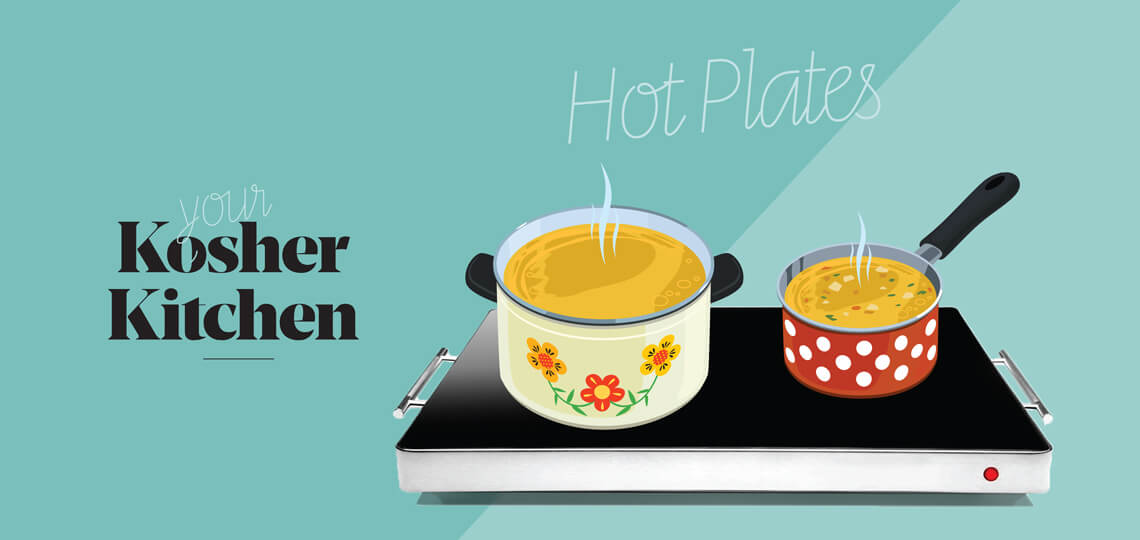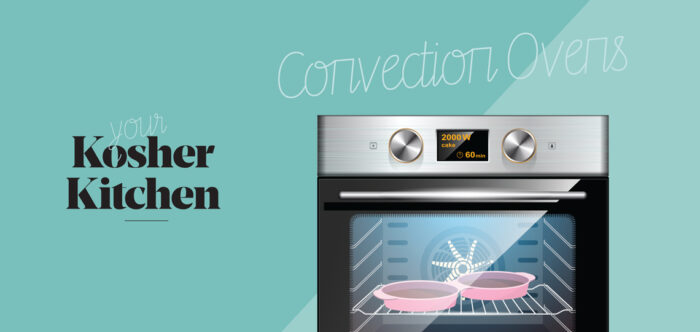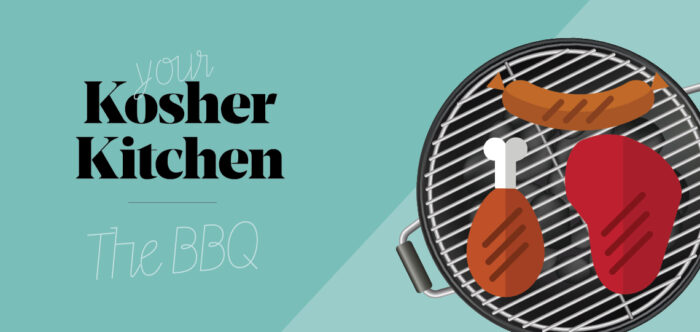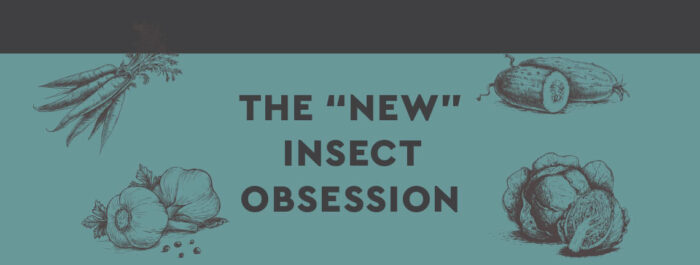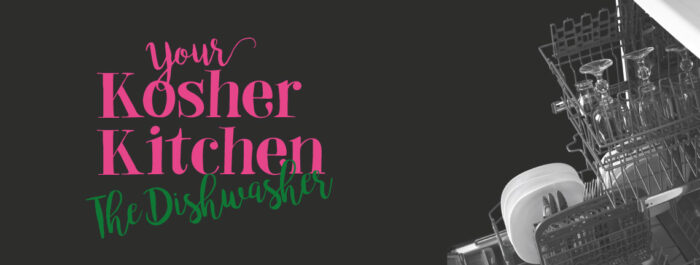Shabbos & Yom Tov
What types of food can and cannot be put on the hot plate on Shabbos?
A hot plate that does not have variable heat settings is like a blech, so only foods that may be placed on a blech may be placed on a hot plate.1 A more advanced hot plate with multiple heat settings must be covered with a thick layer of aluminum foil2 and one should also cover the control knobs3.
According to some Poskim, if the above requirements are met, one may place completely cooked dry foods on a hot plate on Shabbos. However, any food that is moist and will drip – even if the food is only moist inside,
but the moisture will drip to the outside when heated – may not be placed on a hot plate on Shabbos. It is best to be more stringent and place an overturned pot on the hot plate (this would satisfy the “near the oven” requirement) and put the food on top of it.4
Can a non-Jew put food on the hot plate on Shabbos?
Generally, a non-Jew may not do anything on Shabbos for a Jew that the Jew may not do himself. (There are some extenuating circumstances, like for a sick person, where a non-Jew may do it and a Rav must consulted for each case).5
Are there any restrictions when using a hot plate on Yom Tov?
On Yom Tov one may cook, and therefore these restrictions for Shabbos do not apply to Yom Tov. One must be very careful, however, not to manipulate the settings on the hot plate on Yom Tov.
Kashrus
Can I use the same hot plate for meat and dairy?
Meat and dairy foods may not share the same hotplate. However, theoretically, if all the food is always placed in a container one may be lenient and use the same one for meat and dairy. The reality is that it’s very difficult to make sure that none of the food spills or touches the surface of the hot plate, so it is therefore recommended to have separate hot plates for meat and dairy. There are circumstances where one would be permitted to use a meat hot plate for dairy (after covering with heavy-duty foil), but a Rav should be consulted before doing this.
How can I kasher the hot plate if needed?
Kashering depends on the circumstances that caused the need to kasher. If dry, non-kosher food was heated directly on the hot plate, a full libun is required; something that would be almost impossible to accomplish without ruining the appliance. If it was only liquid, then hagalah can be performed by first cleaning the surface and pouring boiling water on the heated hot plate and allowing it to continue to boil or by pouring boiling water over
the hot plate with a hot stone (or iron). If meat was heated on a dairy hot plate or vice versa, in some cases hagalah may be sufficient6; a Rav should be consulted.
Can I use my year-round hot plate for Pesach?
One should not use the same hot plate from all year round on Pesach. There are circumstances where one would be permitted to use a hot plate that was used year-round for Pesach (after covering with heavy-duty foil), but a Rav should be consulted before doing this.
Can a non-Jew put food on the hot plate (when it is not Shabbos)?
Food that is warmed on a hot plate is generally fully cooked and only put on the hot plate to warm up, so it is technically not subject to the concern of Bishul Akum. However, to avoid any misunderstanding, a Jew should turn on the hot plate before the non-Jew places the food on it.
עיין ספר שבת כהלכה )לר”י פרקש שליט”א( פ”ח סע”ד 1
שם סע”ז וט’ 2
3 שם סעי”ב
שם פ”י סעי”ד 4
עיין שו”ע או”ח סי’ שי”ח סע”ב וברמ”א 5
6 It may be considered N”T bar N”T d’heteira.


 EN
EN  ZH
ZH  KR
KR  BR
BR  ES
ES  IN
IN  IL
IL 
